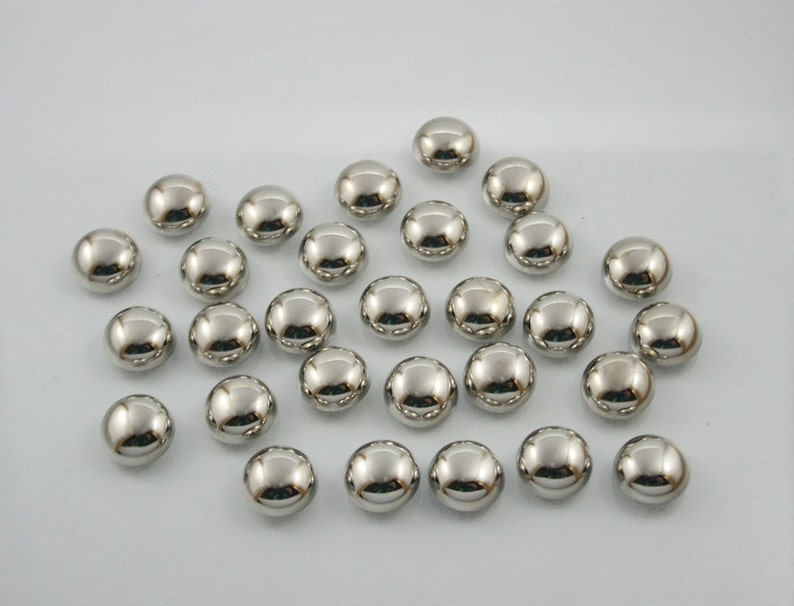
For many other applications, grade 304 stainless steel will serve perfectly fine.Īnother key difference between the different grade stainless steels is the melting point of grade 304 stainless steel is a bit higher than that of grade 316. Overall, 316 can be worth the expense if you need to have superior corrosion resistance. For instance, if the application is located on or near the coast, salty sea air can corrode metals. Just be sure you’ve accounted for all processes and environmental factors when choosing the material. For other applications where salt or water exposure isn’t a concern, the stainless steel 304 alloy can work just as well. In such work applications, the 316 stainless steels will last longer than 304 stainless steels-this means many extra years of useful life. If your application involves corrosive substances such as chloride, marine, or medical environments then paying a premium for grade 316 stainless steel is worth it. When to use stainless steel 316 over 304? Aesthetic Appearance: This metal is attractive on its own, whether it’s polished to a high shine or has a satin finish.Durability: Stainless steel is virtually indestructible and has a significant strength-to-weight advantage, making them desirable when looking for vandal-resistant options.Hygiene: This a high-stakes benefit, especially when it comes to restroom / bathrooms fixtures, food preparation areas, food display cabinets, and associated accessories like water coolers/bottle fillers.This includes sterilization processes that involve heating with disinfectants and other cleaning chemicals. Corrosion Resistance: Especially when you are using products that come into regular contact with water both in liquid and vapour form, inclusive of fresh and sea water, corrosive chemicals, food preparation or medical applications.Stainless steel has numerous advantages over other metals including corrosion resistance, durability, aesthetics and so much more.

What Are the Benefits of Stainless Steel? The structural rivets range with more than one grade of stainless includes Magna-Lok, Allok and Orlock rivets. Most of the Huck Aerobolt range of fasteners indicate the grade of stainless including rivets, nutserts, rivnuts and so much more.

Its ability to resist acids, chlorides, including salt, makes grade 316 ideal for numerous chemical, food, and marine applications. The increased nickel content and the inclusion of molybdenum allows for grade 316 stainless steel to have better chemical resistance than the 304 stainless steels. The most basic difference between grade 304 and grade 316 stainless steels is that 316 tends to have more nickel and a bit of molybdenum in the mix, which makes it considerably more expensive. Stainless steel also contains other elements such as nitrogen, nickel, and molybdenum. The key component is chromium, a trace mineral that ensures the metal does not rust. What is stainless steel? Stainless steel is an alloy, which means it is made up of a combination of elements. In this beginner’s guide to Rivets - Stainless 304 Vs 316, we will investigate the differences between the grades as well as suitable applications. Before we begin, let’s start with the basics. To the naked eye, you are not able to see the different grades of stainless, however the difference will make itself more apparent over time. In this blog we will investigate the differences between 304 & 316 grade stainless steel in relation to structural and standard rivets. Understanding stainless steel and the different grades.


 0 kommentar(er)
0 kommentar(er)
